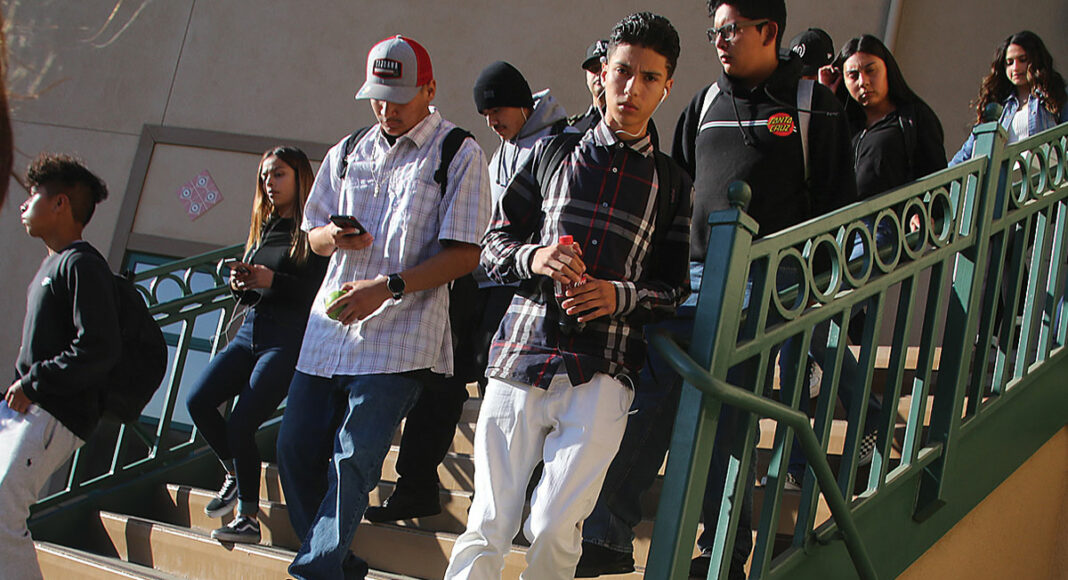The California Department of Education (CDE) released a set of guidelines today for schools statewide to use as they seek to reopen in the fall, nearly three months after they closed to slow the spread of Covid-19.
While the state agency leaves actual policymaking and enforcement to local school districts, the 55-page document lays out recommendations for a full range of measures.
They include wearing masks, requiring six feet of space between desks, and taking temperatures of students and staff before they enter campus. It also recommends staggering schedules and allowing students to work from home if their families want them to.
“Recognizing that all school districts will need to open in a Covid-impacted era, we have worked to provide some guidance to our districts on the kinds of things that they should do—and could do—to accommodate our students in being back on campus in a way that keeps us safe,” said State Superintendent of Instruction Tony Thurmond.
Pajaro Valley Unified School District has convened a team of 50 educators and school employees, which since May 13 has been creating a “Reopening of School Contingency Plan.” The district’s Board of Trustees will discuss the plan at its June 17 meeting, and a draft will be available for community feedback from June 19–26.
The Pajaro Valley Federation of Teachers and the California School Employees Association will then offer revisions to align their plans with collective bargaining agreements.
A final plan will be approved in mid-July.
The CDE document also provides a checklist for school districts to complete before welcoming students back onto campus, which includes making sure they have enough thermometers, cleaning supplies and Personal Protective Equipment.
“Our guidance attempts to envision broadly many scenarios that they will have to deal with, and how to prepare,” Thurmond said.
Santa Cruz County Superintendent of Schools Faris Sabbah said the document gives school districts clarity and a set of working rules as they begin the process of creating their schedules for the next school year.
“This gives us direction from the California Department of Public Health and the CDC,” he said. “We want our decisions to be grounded in science. There are a lot of moving parts, so we need to move as quickly as we can.”













